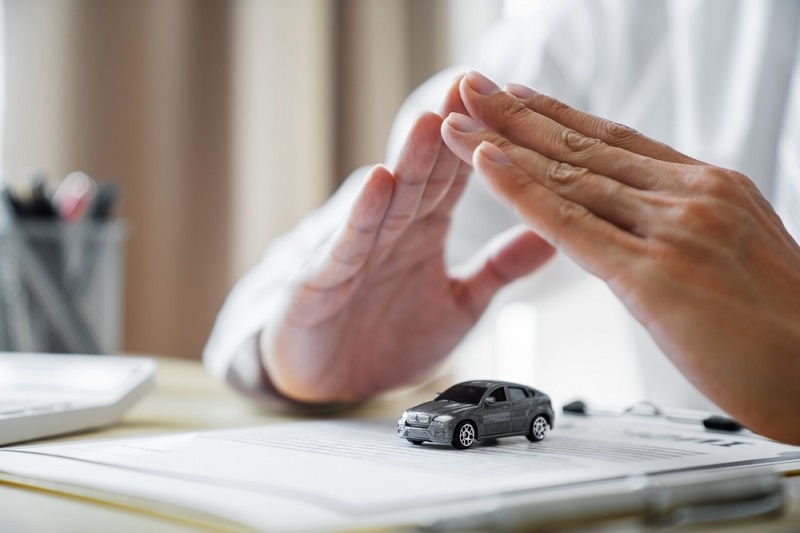
Getting your first car is thrilling, right? That new-car smell, the freedom to hit the open road, the feeling that the world is literally at your fingertips. But here’s the thing—along with that excitement comes responsibility. And one of the biggest pieces of that responsibility? Auto insurance. If you’re new to driving or just scratching your head at car policies, don’t worry. This article is your beginner’s guide to car insurance, breaking down the essentials so you don’t feel lost in a sea of legal jargon and fine print.
At its core, auto insurance is a safety net. It’s a contract between you and an insurance company: you pay a premium, they cover certain costs if your car gets damaged, or if you accidentally damage someone else’s property. Simple enough, right? But here’s where it gets tricky: there are dozens of types of coverage, each with its own rules, limits, and exceptions.
You might ask, “Why can’t I just pay out of pocket if something happens?” Honestly, you could, but it’s risky. Even a minor fender-bender can cost hundreds or thousands of dollars. That’s why understanding liability insurance is crucial, and we’ll get to that shortly.
So, how does auto insurance actually work? Here’s a straightforward breakdown:
Consider it in the following way: auto insurance is a safety parachute. You hope you do not have to use it, but when you do, you are able to save a lot.

This is where most new drivers get confused: the real car policy. There is no need to worry about the legal jargon. A simplified explanation is provided below:
Most novice drivers do not pay attention to the fine print, including off-road accidents exclusion or some aftermarket components. This is the reason why you ought to pose numerous questions prior to putting your signature on the dotted line.
If there’s one part of auto insurance basics you can’t skip, it’s liability insurance. This is the coverage that keeps you on the right side of the law.
Here’s the deal: liability insurance usually has two components:
The most frequently asked question by novice drivers is, do I actually require a high limit of liability? The answer is yes. Medical bills can soar in case of any serious accidents and a low policy limit can result in you paying the difference. It is a difficult choice, but a good one to make.
Choosing your coverage can feel like wandering through a maze. But here’s a neat trick: start with your priorities. Ask yourself:
The answers guide your mix of collision, comprehensive, and liability coverage. Pro tip: online comparison tools, like NerdWallet or The Zebra, can help you see which policies give the most bang for your buck.
As a new driver, it is already expensive car payment, fuel, parking, and then there is the basics of auto insurance. There is no need to panic, and it is possible to save without jeopardizing coverage.
That is to remember that cheap insurance is not necessarily good. It may create loopholes that may cost you in the future.
Here’s the takeaway: auto insurance basics aren’t just about checking a legal box—they’re about peace of mind. You never know when life throws a curveball: a fender-bender in rush-hour traffic, a hailstorm that ruins your hood, or someone else’s mistake that lands you in a financial bind. Being informed about how auto insurance works, understanding liability insurance, and knowing your car policy inside out gives you control, confidence, and yes, a little freedom to enjoy your ride.
Plus, as a new driver, having a grip on beginner’s guide to car insurance concepts is empowering. You’re no longer blindly signing forms, you’re making smart, informed choices that protect your finances and your car.
And honestly? Once you get past the jargon and the paperwork, understanding insurance can even feel... empowering. Weird, right? But it’s true. You’re not just a driver—you’re a policyholder, a protector of your assets, a savvy negotiator in your own right.
So, next time you’re staring at that quote online or a stack of documents at the dealership, remember: auto insurance basics aren’t scary. They’re your ticket to worry-free driving—and that freedom is priceless.
Let’s tackle some questions that crop up more than you might think.
Q1: Does credit score affect my premium?
Yes, in most states. It is used by insurers to determine risk and therefore a high credit score can reduce your premium.
Q2: Can I drive someone else’s car with my insurance?
Liability coverage, as a rule, accompanies the car, not the driver. Look at the fine print to ensure.
Q3: What happens if I let my policy lapse?
Your insurance ceases and you are left with no legal and financial cover. The cost of reinstating coverage is high.
Q4: How are claims processed after an accident?
Claim, evidence, photos, police reports, and damages are assessed by the insurer. They then approve payment or reject the claim, and in some cases, they need to negotiate.
Q5: Will insurance cover a natural disaster?
Storms, floods, and fires are normally covered comprehensively but there are exclusions. Read your policy carefully.
These are just a few of the common auto insurance questions new drivers ask. Honestly, the best approach is to ask everything upfront. It saves headaches later.
This content was created by AI